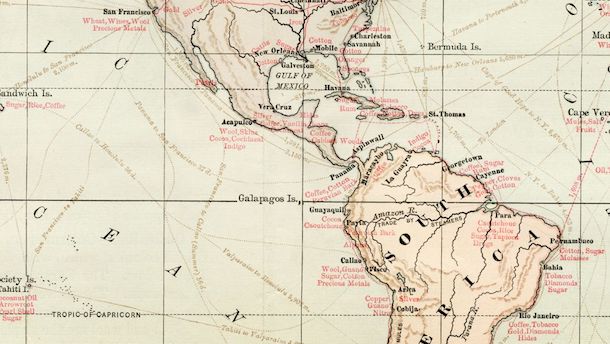On Dec. 21, the Pacific Alliance will meet with Mercosur in Brasilia, Brazil, where they will discuss the reduction of trade and non-trade tariffs. These talks have benefited greatly from the political and economic changes underway in Argentina and Brazil that have helped reduce the old ideological tensions between the two blocs. In Argentina, President Mauricio Macri has announced a series of economic reforms covering taxes, labor, pensions and trade, while Brazilian President Michel Temer will implement an ambitious plan next year to privatize about 60 state-owned companies. In addition, Mercosur distanced itself from Venezuela by expelling it from the bloc. Member countries argued that Venezuela no longer respected the organization's democratic principles.
Powered by the NAFTA Renegotiation
Another factor helping the Mercosur negotiations gain steam was the U.S. decision to renegotiate the
North American Free Trade Agreement (NAFTA). The threat of losing some trade with the United States has forced Mexico, the Pacific Alliance's largest economy,
to look elsewhere. Mercosur is by no means a comparable alternative because the United States is a much larger market and absorbs about 80 percent of its exports. Nonetheless, Mexico could use the bloc to gain leverage in NAFTA renegotiations by threatening to find other sources of
agricultural imports, such as corn and soybeans.
In fact, Mexican agribusiness companies and government officials have visited Argentina and Brazil this year to negotiate importing such crops as wheat, soybeans and corn. These negotiations have made some progress. In a first for Argentina, it will export wheat to Mexico in December. The first shipment will be just 30,000 tons, however, as Mexico wants to start with small amounts and examine its quality. However, the goal is to gradually increase the volumes.
The Pacific Alliance is also negotiating with Australia, Canada, New Zealand and Singapore. After the United States withdrew from talks on the
Trans-Pacific Partnership (TPP) earlier this year, the Latin American bloc has been trying to open talks with the remaining TPP countries. All the members of the Pacific Alliance, except Colombia, were part of the TPP negotiations. Last month, a round of negotiations with Australia, Canada, New Zealand and Singapore was held in Colombia in which participants reached agreements on services, government procurement and the rules of origin. Another round is set for the first quarter of next year in Australia. These negotiations haven't included Japan, because it already has trade agreements with Mexico, Peru and Chile and is concluding one with Colombia.
While U.S. decisions on NAFTA and TPP have created new opportunities for the Pacific Alliance, the bloc will continue to face major challenges in fostering trade within the association, because most of their economies depend on exporting commodities to China and the United States. However, the bloc will continue to take advantage of its geographic location and of its economic and trade openness as it strengthens ties in 2018 with other countries that border the Pacific Ocean as well as with those belonging to its counterpart in Latin America, Mercosur.



